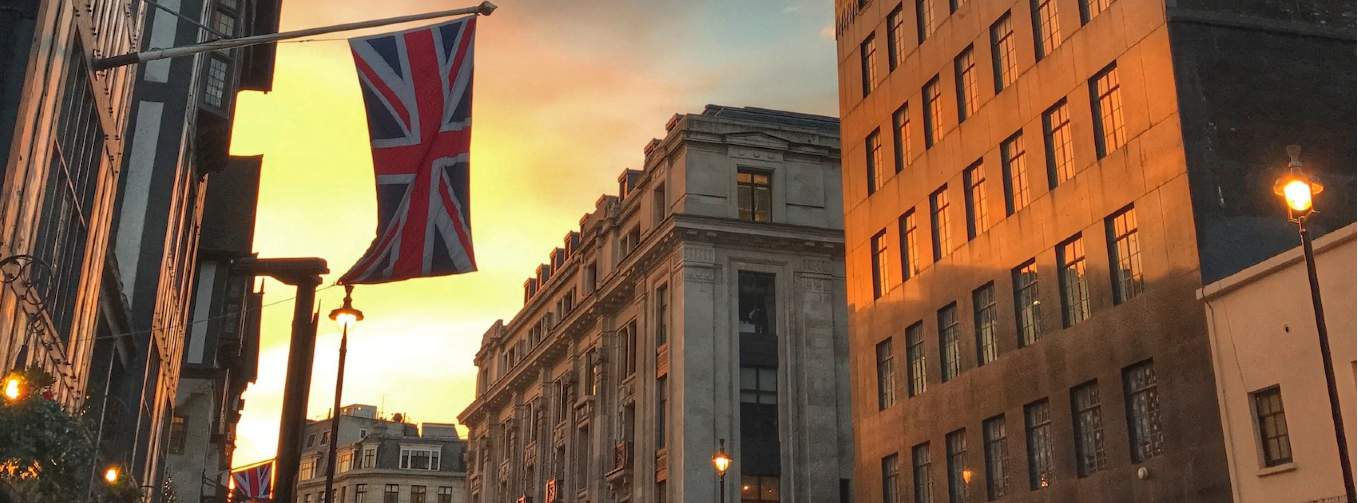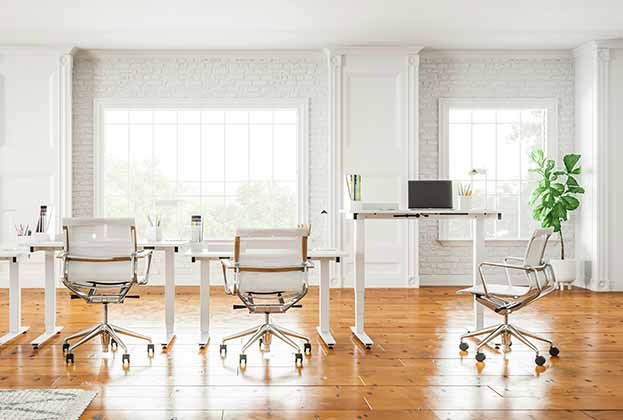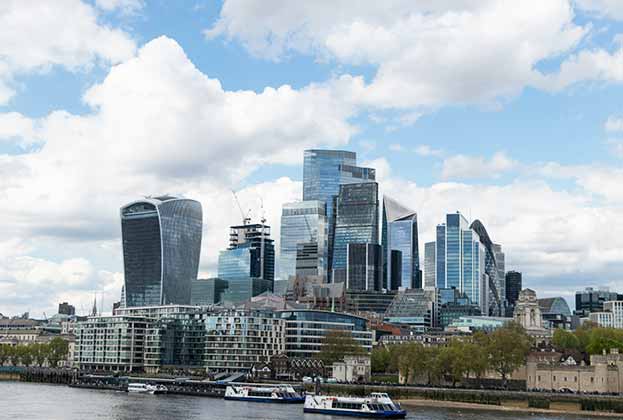With another national lockdown in force until mid-February, it may feel a little bit like Groundhog Day in the UK at the moment, but in terms of the commercial markets repetition isn’t necessarily a bad thing as we believe that the expected recovery this year is likely to be in line with those seen after other recessions.
While the causes of this downturn are (hopefully) unique, the performance of the commercial occupational and investment markets in 2020 mirrored that which has come before, perhaps giving some comfort to investors that while normality may have vanished in many aspects of life, some semblance of it can be found in UK commercial property.
Some of this continuity will be found in the perpetuation of market trends already present pre-Covid-19 – most visibly a continued divergence between yields on logistics and retail assets. The former remains the darling of both the investment and leasing markets as online shopping continues to be one of the few recreational activities available to large swathes of the population.
Similarly, the move towards alternatives, present well before 2020’s events, isn’t going anywhere. Datacentres and multi-family housing were already high on buyers’ agendas; the biggest change of 2020 was primary health and science-related assets becoming a priority in this area, for obvious reasons. Although all currently remain small segments of the market in the grand scheme of things, together we expect that the ‘alternatives’ category – a pretty broad church – will become the second biggest asset class in the UK market this year after offices.
What will be new in 2021? Unfortunately the bounce in suburban trade on British high streets is likely to dissipate somewhat as the pandemic eases and most workers return to their usual places of work for at least three or so days a week. Repurposing to residential and other uses – potentially the alternatives outlined above – will likely rise as a consequence.
Business parks, particularly those that that can be densified, may also see a rise in both occupier and investor interest, as some companies consider new ways of working and giving their employees options to work part of the time from more accessible offices outside the main city centres.
On the subject of post-pandemic work, while in some ways it will evolve, in others it may be more a case of ‘the more things change, the more things stay the same’. While undoubtedly the majority of companies are looking at their workplace strategies, broadly a city or town centre office-led approach is likely to remain the status quo, even if it is diluted by some more localised working.
CBD offices will therefore remain many investors’ sector of choice, becoming increasingly scarce if typical post-recessionary trends play out. If they do we are also likely to see a divergence in performance between prime and secondary space – again potentially opening up opportunities for the repurposing of vacant space.
Further information





.jpg)

.jpg)


